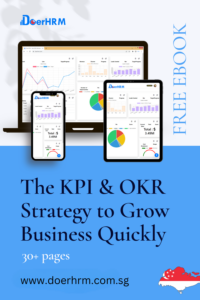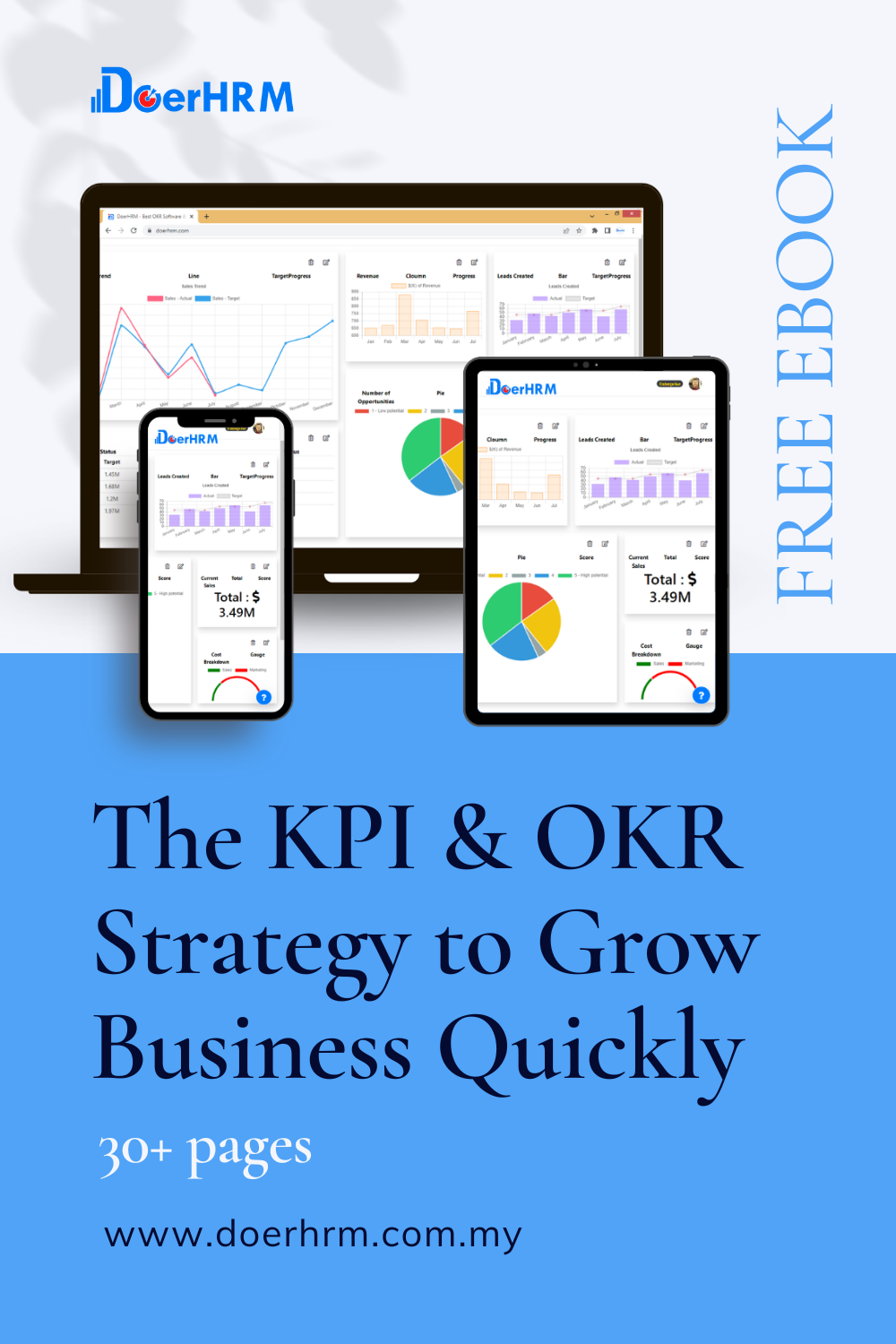A PESTLE analysis, commonly known as a PEST analysis, is a crucial concept in marketing principles. Essentially, it serves as a tool for companies to comprehend the broader environment in which their business operates. This analysis aids in strategic planning and the formulation of plans for success within a specific industry. In this post, we explore the external influences on an organization examined through a PESTLE analysis and grasp the effective utilization of PESTLE in your business.
What is PESTLE?
A PESTLE analysis is a critical strategic management tool used by businesses to identify and analyse critical external influences on their company and the broader environment in which their business operates. Specifically, a PESTLE analysis examines opportunities and threats in relation to the following areas:
- Political
- Economic
- Social/Sociocultural
- Technological
- Legal
- Environmental
Once threats and opportunities have been identified concerning each of these outside areas of influence, and a business analysis has been conducted, companies use the information gathered to inform strategy and improve decision-making.
The output from a PESTLE analysis is often used as part of a broader company strategy to improve decision-making and inform discussion about market opportunities and is used in conjunction with other tools such as SWOT, SOAR, and risk assessments.
There are different variants of this model as other industries have tailored it to meet their requirements, but this post is focused on exploring PESTLE as defined in this introduction. We’re now going to examine the six influences individually.
Political
The first area identified in a PESTLE analysis is political. As you might imagine, this refers to the extent to which the government in the country where the business is operating might influence the economy or specific laws that impact the business. For example, the government might impose a new tax, meaning revenue-generating activities are significantly reduced, causing significant business problems in particular sectors. Furthermore, political factors also include elections and referenda, each of which is likely to influence the way a business operates and must be considered when developing a business strategy.
Economic
The second element of a PESTLE analysis is economic. In some instances, this overlaps with politics as many economic factors originate from government policy. However, in addition to this, an economic analysis monitors many market factors such as inflation rates, interest rates, foreign exchange rates, and economic growth patterns. Understanding the economy in which your business operates is vital for its success, and failure to do so can be catastrophic for your business.
Social/Sociocultural
The social/sociocultural element of a PESTLE analysis identifies trends concerning cultural norms and expectations. Specifically, this includes demographics, population growth rates, age distribution, citizen attitudes, and many other factors that contribute to society’s fabric. A business must understand the dynamics of the culture in which they operate to ensure they deliver a service or product their customers require.
Technological
New technologies are emerging every year, many of which can significantly improve the way business is conducted and managed. Understanding advances in technology significantly Improves your business’s competitiveness and Allows you to ascertain any potential challenges you may face in the future. The PESTLE analysis’s technological element is also concerned with innovations in regard to research and development, which is equally as important when strategizing the future of your business.
Legal
For your company to be successful, you must ensure it is legally compliant. This is important at the start of your business, but laws change. As a business owner, it’s your responsibility to understand the rules and regulations associated with running your business. There are regular changes in the law regarding things like employment terms and taxes, so you must ensure your business is well-read on all legal issues and is compliant in order to operate successfully.
Environmental
The last element of PESTLE is perhaps the area most ignored by businesses globally, but it’s imperative. When conducting a review of your company, it’s critical to understand the wider environmental arena in which you operate. In the modern-day, global warming is one of the biggest environmental concerns, so recognizing this and Developing a sustainable strategy is essential. Moreover, pandemics and other emergencies should be planned for as part of environmental awareness.
How to conduct a PESTLE analysis
Now we’ve examined PESTLE’s critical elements, let’s look at how to conduct a PESTLE analysis for your business. The first step is to (1) Identify the scope of your research and create a template for performing the necessary research. It would be best to decide how the information you require is collected and who is responsible for gathering the data. It’s an excellent idea to have more than one person gather data, as it is usually richer as a result.
The next step is actually to (2) Gather the information by using a template. You can download a PESTLE template from many resources online, such as CIPD. Once you have collected your data, it’s time to analyse your findings and make sense of them to inform your business strategy and operations. It will become clear which of the PESTLE areas are most influential in your business operations, and you can then Conduct risk assessments and conduct SWOT analyses accordingly.
It is crucial to engage as many stakeholders as possible in this process, gathering a diverse range of opinions and leveraging various expertise. Subsequently, a discussion document should be developed for all stakeholders and company directors, with the findings then shared among relevant individuals within the business. At this point, consensus should be reached on any necessary actions and the identification of elements requiring periodic review.
For optimal effectiveness, a PESTLE analysis should be a collaborative undertaking conducted multiple times over a specific period. Following the completion of a PESTLE analysis, you can have confidence that your business will be in a significantly strengthened position for the future.







